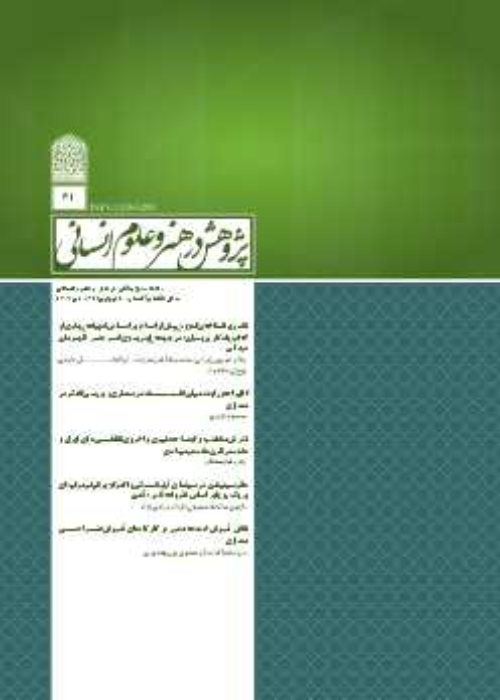A comparative study of the role of dragons in the pottery of the Timurid and Safavid periods of Iran and Ming China
The civilizations of Iran and China have had cultural exchanges for a long time, and significant artistic commonalities between the two countries in different historical periods are evident. One of the common artistic manifestations between these two civilizations with a rich cultural background is pottery. Among these, the dragon is one of the symbolic motifs whose presence can be seen in the oldest literary sources of Iran and China. On the other hand, the role of the dragon has a special place in the Islamic era in Iran and the Ming and Yuan eras in China among the art of pottery. The dragon was mostly used on pottery in the Timurid and Safavid periods and can be an imitation of past examples. One of the most important necessities of the research is a comparative study of the design and role and symbolic recognition of the dragon in Iran and China. So far, no independent research has been done on it. Therefore, the purpose of this study is to determine the role of the dragon in the symbolic concepts of Iranian and Chinese art? How did the role of the Chinese dragon enter the art of Iranian pottery directly and without changing its nature? Since Chinese art and culture are somehow intertwined with the dragon and China is basically the birthplace of the dragon, by examining the role of the dragon on the pottery of the Timurid, Safavid and Ming periods, we can better understand and examine the reasons for differentiation and sharing in pottery. The present research has been done with a comparative approach and based on a descriptive-analytical method and its data collection has been done in a library method. The results show that in Iran the role of the dragon is similar to each other and also with the use of decorative elements and plant motifs in the pottery of this period are different in terms of shape and size. The Iranian artist has paid attention to its Chinese meaning and meaning, and in the pottery works of this period, the dragon is sometimes depicted alone and sometimes not alone. But in the Ming Dynasty the shape of the dragon was different and the artist portrayed the dragon as the main role alone on the pottery.
- حق عضویت دریافتی صرف حمایت از نشریات عضو و نگهداری، تکمیل و توسعه مگیران میشود.
- پرداخت حق اشتراک و دانلود مقالات اجازه بازنشر آن در سایر رسانههای چاپی و دیجیتال را به کاربر نمیدهد.



